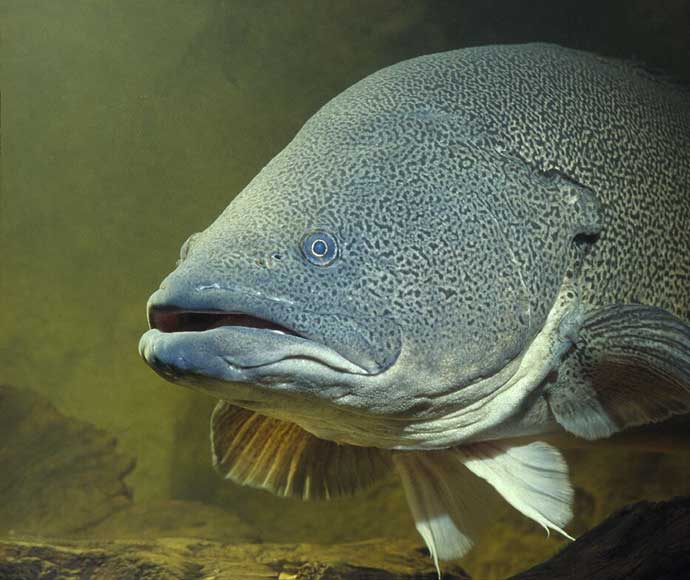NSW Government releases annual environmental water priority statements for 2024–25
The NSW Government’s Water for the Environment program has released its annual environmental water priority statements for the 2024–25 water year, with a focus on preserving critical habitats for native fish and water-dependent wildlife across the state.
The statements outline the water for the environment priorities in 11 valleys: the Gwydir, Macquarie, Lachlan, Murrumbidgee, Snowy and montane, Murray Baaka – Lower Darling, Border Rivers, Namoi, Barwon-Darling, Hunter, and Intersecting Streams.
Each statement includes a list of river and wetland sites that will likely receive water for the environment. Each statement is flexible as objectives and watering events can change depending on seasonal conditions.
Water for the environment is managed in New South Wales to improve the health of rivers, wetlands and floodplains.
Water for the environment deliveries are used to build resilience and restore floodplain habitats, provide refuge sites during dry periods, to support waterbird and woodland bird breeding events and help recharge ground water systems.
The statements for each catchment are available on the NSW Department of Climate Change, Energy, the Environment and Water (the department) website.

Quotes attributable to department Water for the Environment Director Julie-Anne Harty:
'The annual priority statements are a chance for NSW communities to learn how and where water for the environment will be used to make a positive difference in their local environment.
'Healthy rivers are the lifeblood of inland New South Wales, energising the landscape and supporting environmental, cultural and economic outcomes.
'We work with local community advisory groups, including landholders, Aboriginal stakeholders, partner agencies and community members to develop detailed annual plans for the use of water for the environment.
'Our teams consider past, current, and forecast conditions, best available science and water availability to create catchment-specific objectives that support the health and resilience of rivers and wetlands.'